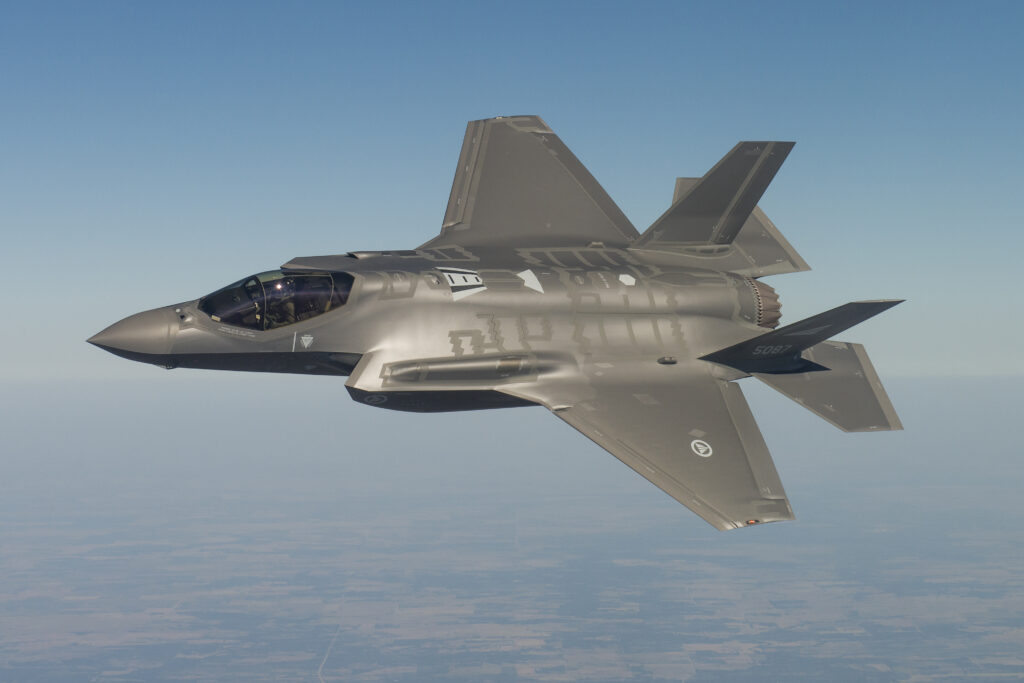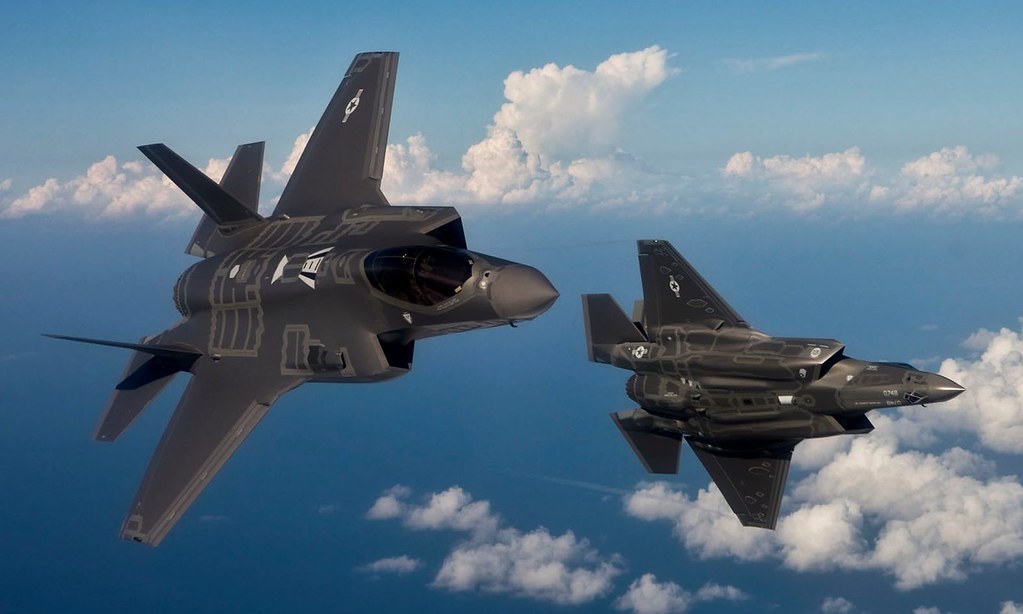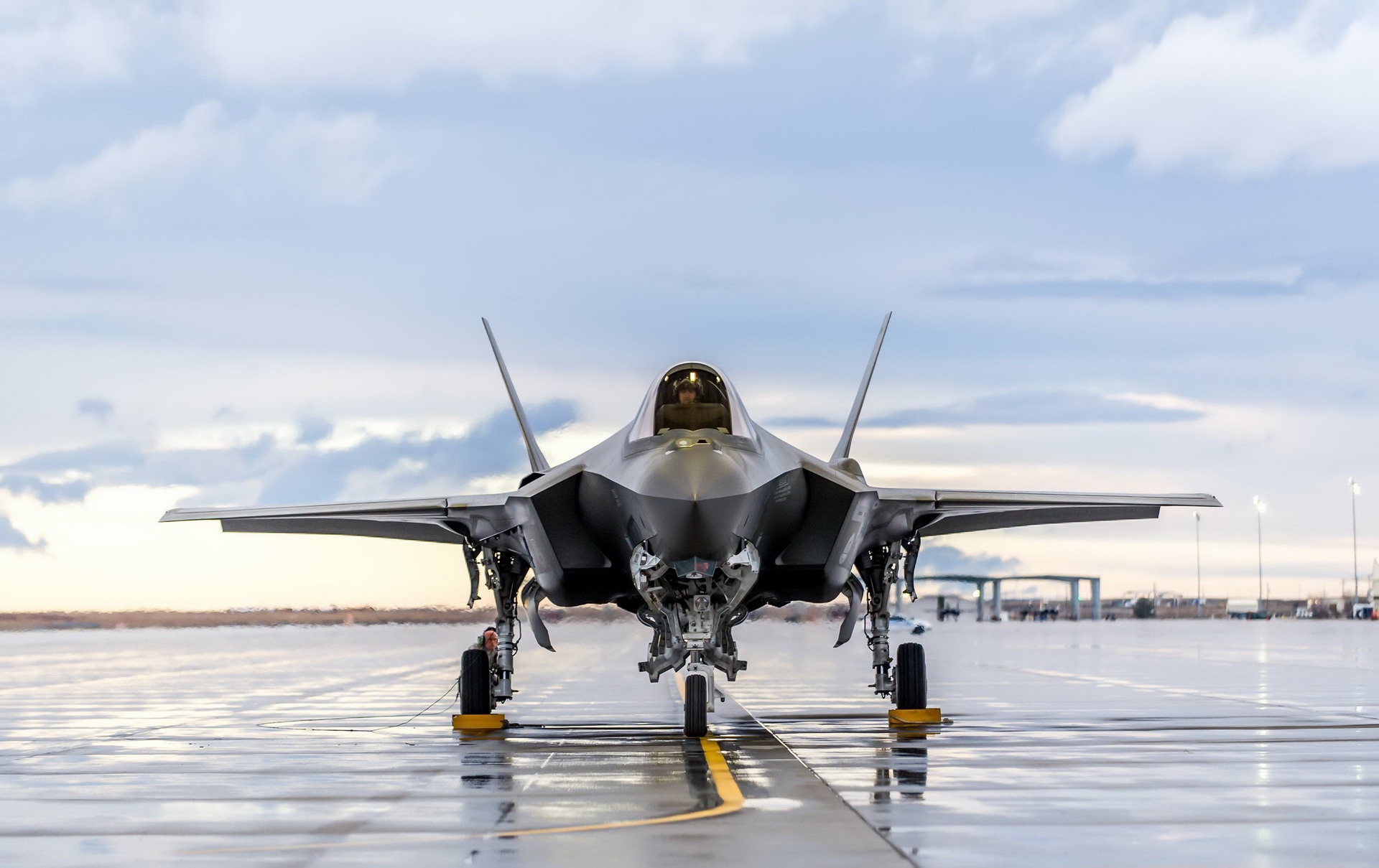- The offer of F-35 jets by former President Donald Trump aligns with the U.S. strategy to deepen defense ties with India, positioning it as a counterbalance to China in the Indo-Pacific. This move complements the Quad alliance (U.S., India, Japan, Australia) and enhances India’s role in regional security.
1 F-35’s Performance and Cost Concerns:
Reported Issues:
- The F-35 has faced criticism for cost overruns (estimated $1.7 trillion lifecycle cost), technical glitches (software bugs, engine reliability), and maintenance challenges. A 2023 U.S. Government Accountability Office (GAO) report highlighted delays in delivering upgraded capabilities.
Operational Costs:
- Sustaining the F-35 costs ~$36,000 per flight hour, raising concerns about affordability for India, which has budget constraints and competing defense priorities.
2 India’s Considerations:
Alternatives:
- India recently acquired French Rafale jets ($8.7 billion for 36 units) and relies on Russian Sukhoi-30MKIs. The F-35 would add complexity to its mixed fleet.
Make in India:
- India prioritizes technology transfer and domestic production (e.g., Tejas MK-2 program). The U.S. may resist sharing sensitive F-35 tech, unlike France’s Rafale deal, which included offsets.
Cost vs. Capability:
- While the F-35 offers advanced stealth, India may question its value given the Rafale’s proven performance and lower operational hurdles.
3 Geopolitical and Regional Reactions:
China-Pakistan Axis:
- China could accelerate sales of J-20/J-31 stealth fighters to Pakistan, escalating regional arms races.
Russia’s Role:
- India’s historical reliance on Russian arms (60% of its inventory) complicates U.S. outreach, though recent sanctions on Russia have pushed India toward diversification.


4 U.S. Domestic and Diplomatic Factors:
Congressional Approval:
- U.S. lawmakers may scrutinize the sale due to F-35 issues or human rights concerns (e.g., India’s S-400 purchase from Russia, which triggered CAATSA sanctions risks).
Lobbying Dynamics:
- Lockheed Martin, the F-35 manufacturer, seeks international buyers to offset production costs, but India’s cautious procurement approach could delay decisions.
5 Pathways Forward:
Phased Procurement:
- India might test F-35s through limited orders while negotiating tech-sharing terms.
Joint Development:
- Collaborating on next-gen platforms (e.g., air combat drones) could align better with India’s “Atmanirbhar Bharat” (self-reliance) goals.
Diplomatic Leverage:
- The offer could be a bargaining chip in broader U.S.-India trade or climate negotiations.
FOLLOW:https://newsroom47.com/india-pakistan-and-bangladesh-a-disaster-greater-than-500-atomic-bombs-looms/
Newsroom 47
